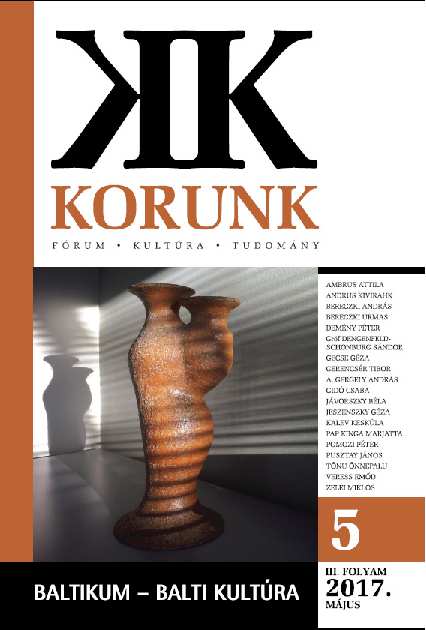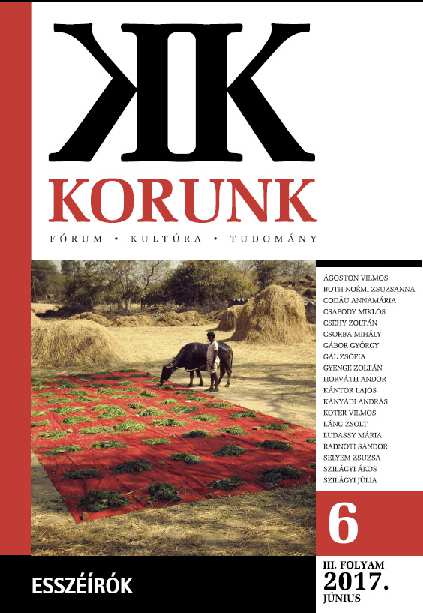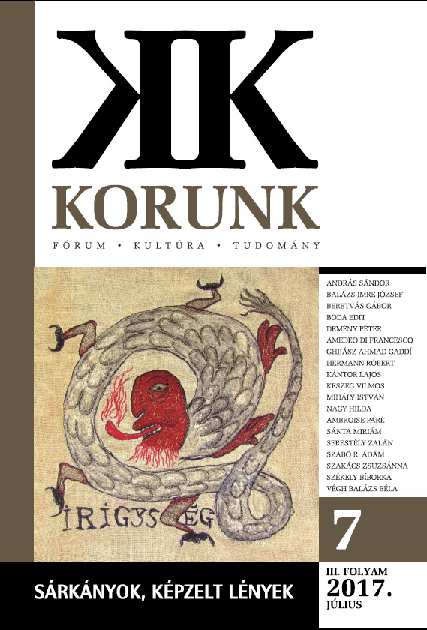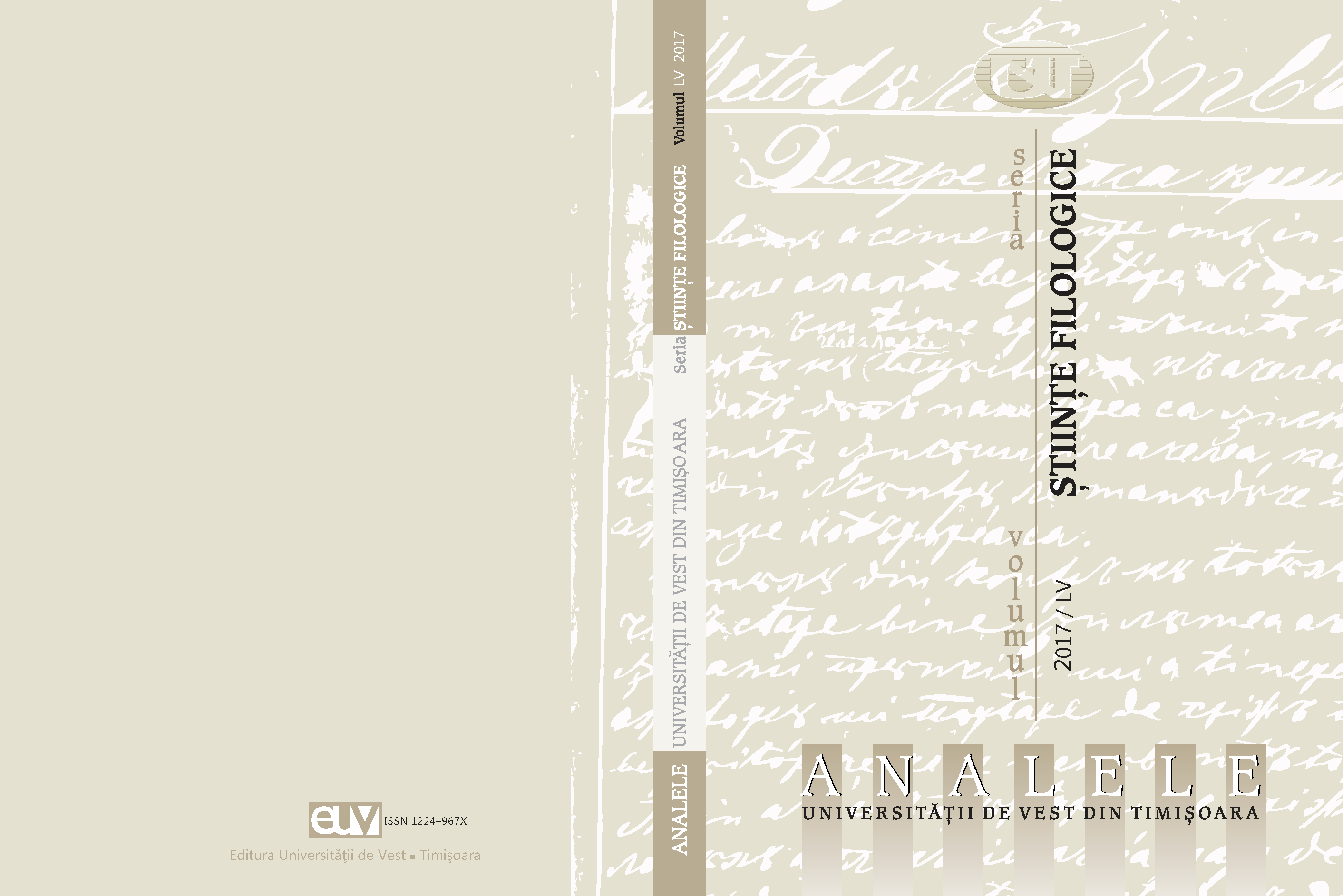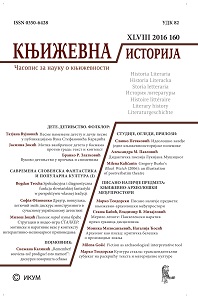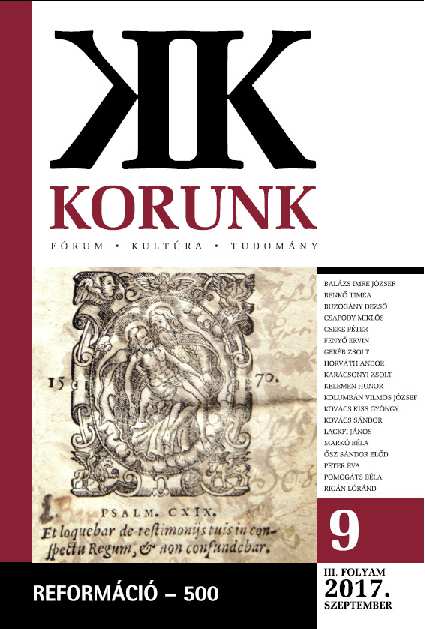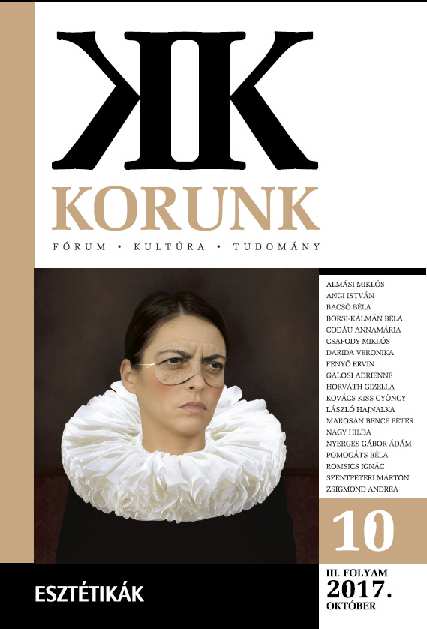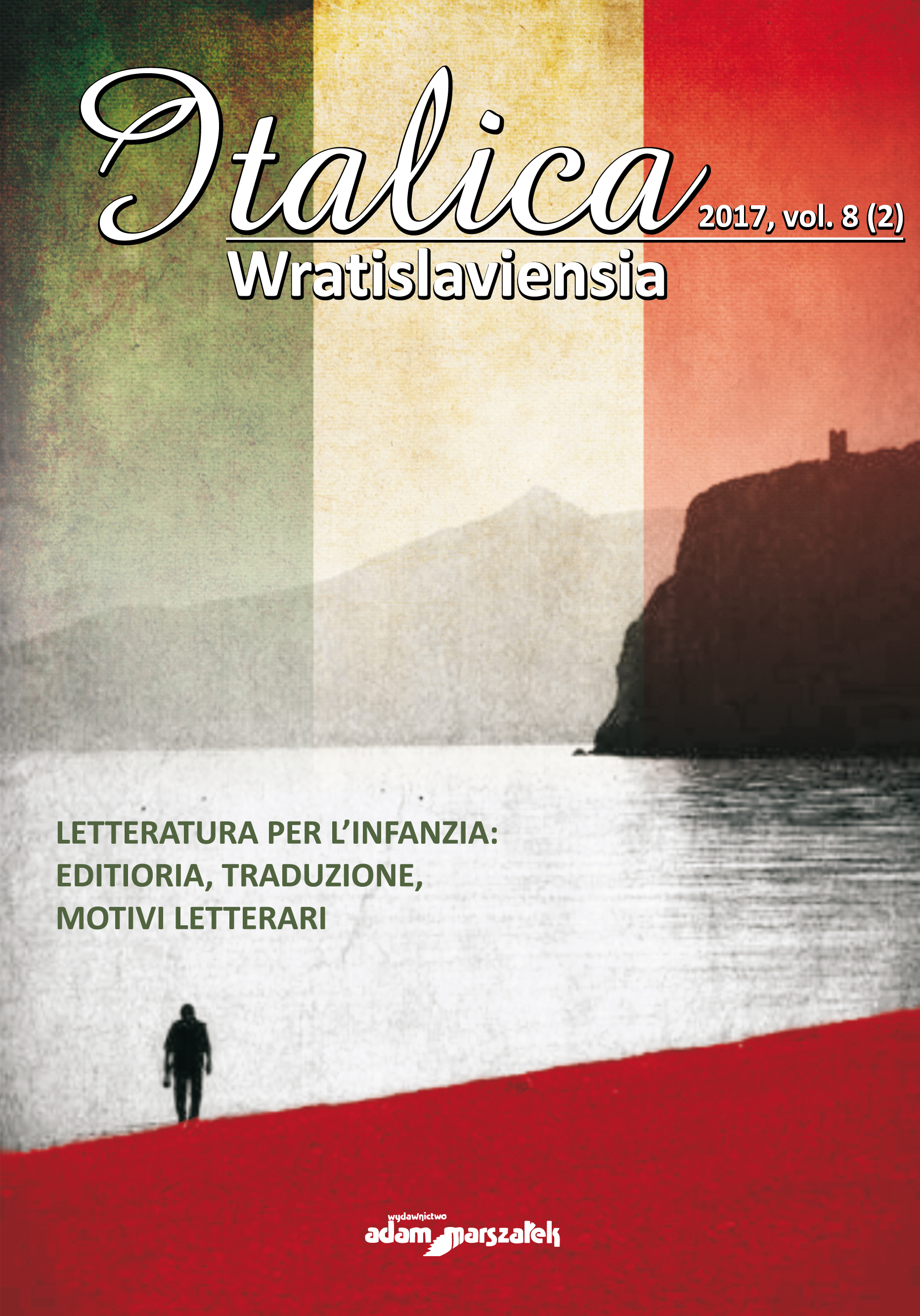
Nuove famiglie nella letteratura per l’infanzia in lingua inglese e italiana: un’analisi dell’editoria contemporanea
L’articolo vuole offrire una panoramica sul tema delle famiglie non tradizionali nellaletteratura per l’infanzia contemporanea. Considerando tanto gli autori di lingua italiana quanto letraduzioni effettuate dall’inglese all’italiano, verranno presentati i libri più influenti sul divorzio,sull’adozione e sulle famiglie arcobaleno. Questi temi molto contemporanei sono sviluppati sia in libriillustrati per bambini in età prescolare, sia in romanzi per ragazzi, coprendo così una vasta gamma dilettori. Lo scopo di questo saggio è osservare come l’editoria italiana stia reagendo a queste nuovetendenze che, pur essendo sempre più comuni in alcuni stati, non riescono a emergere completamentein altri. Secondo i recenti studi, i libri illustrati e i romanzi per bambini in cui vengono mostratefamiglie ‘diverse’ sono in realtà un importante strumento per insegnare la diversità e la tolleranza. This article aims to offer an overview of non-traditional families in contemporarychildren’s literature. The most influential works about divorce, adoption, and same-sex familieswill be presented, considering both Italian authors and translations from English into Italian. Thesecontemporary themes are developed in picture books for a pre-scholar audience, but also in young-adult novels, covering an extremely wide range of readers. The aim of this essay is to observe howthe Italian publishing industry is reacting to these new tendencies that are now very common inmany countries of the world but cannot emerge completely in others. Nevertheless, according torecent studies, children’s picture books or novels in which different kinds of families are shown area particularly important tool to teach diversity and tolerance and to promote modern values.
More...
